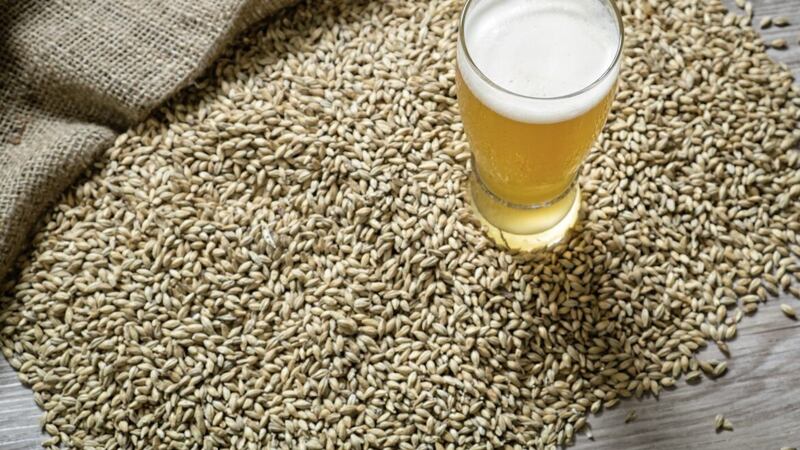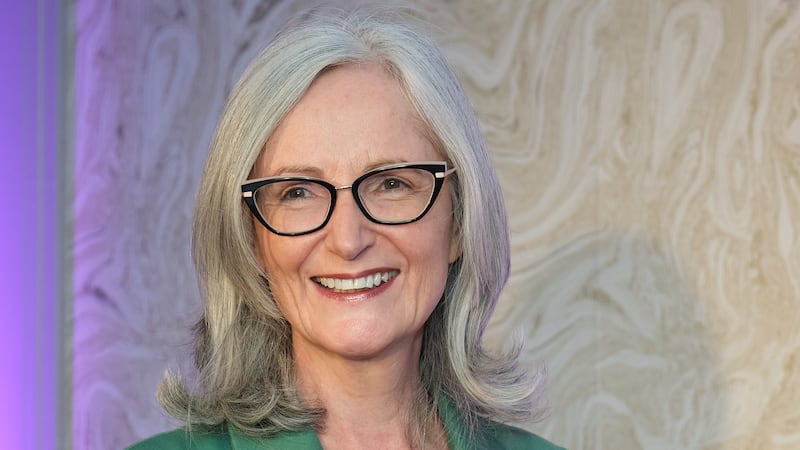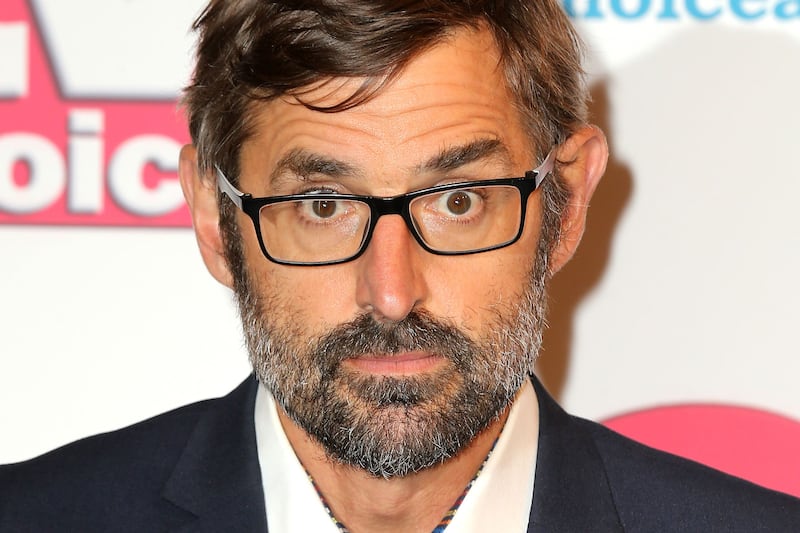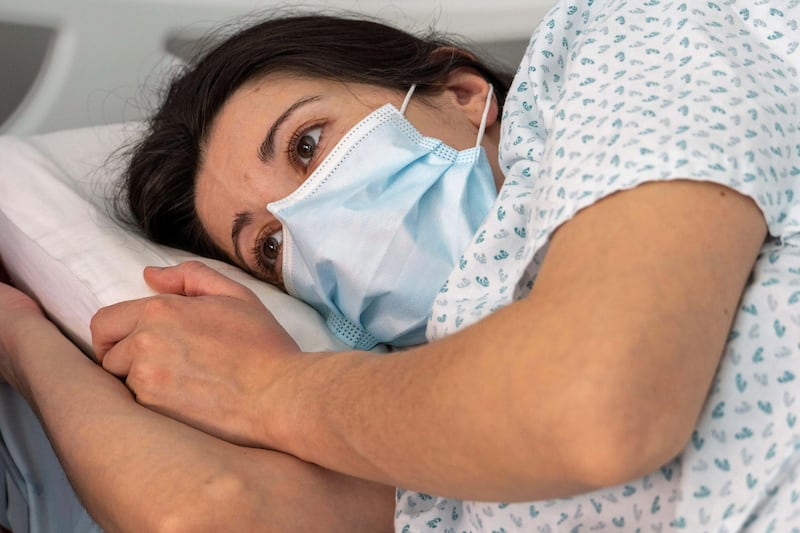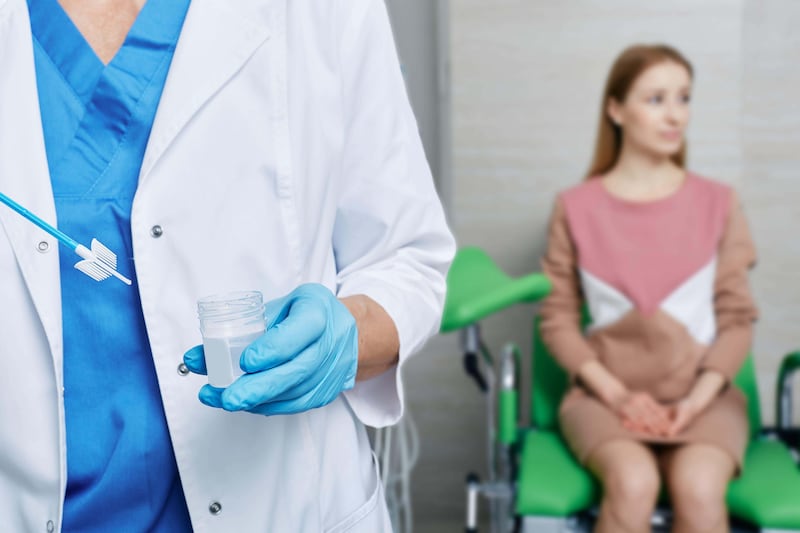SCIENTISTS have managed to mass produce a chemotherapy drug widely deployed against cancer - with yeast used by brewers to make beer.
Vinblastine, first developed in the 1950s, is one of the world's most commonly used chemotherapy drugs. But it can only be made using the Madagascar periwinkle, a plant native to the island that produces white, pink or purple flowers.
More than half a century ago, researchers discovered the plant contained two chemicals that could halt the growth of cancer cells by stopping them dividing.
The two chemicals are vindoline and catharanthine, and the discovery led to the development of vinblastine by scientists in Canada a few years later.
Today, it is used across the NHS to treat everything from bladder and testicular cancer to breast and kidney tumours.
It's given intravenously, usually via a vein in the arm, sometimes alongside other cancer drugs, depending on the patient's treatment. Despite scientific advances, researchers have been unable to find an easy and quick way to mass produce the drug.
It takes at least 500kg of dried Madagascar periwinkle stem and leaves to make just 1g of vinblastine, which means the plant has to be cultured in the wild on a massive scale. The growing and drying processes can take months, and any decline in production - for example, due to the weather - can disrupt supply.
Between 2019 and 2021, there was a global shortage of the drug due to production problems, which resulted in delayed treatment for many patients with cancers that were non-responsive to other types of chemotherapy.
Also, such is the complexity of the naturally occurring plant chemical involved, that scientists have been unable to develop an engineered version that would get around the problem of relying on annual plant production.
The latest breakthrough, by a team of scientists at? the Technical University of Denmark, could be a solution.
They took ordinary yeast - the kind used to make beer or bread - and genetically tinkered with it to grow and produce the plant chemicals that make vinblastine.
Yeast is an ideal alternative to growing periwinkle plants because, not only is it cheap, its genetic material can be easily manipulated and it grows quickly.
But to come up with a form of the yeast that would produce the molecules they needed, the team had to delete dozens of its genes and add more from other plants.
The results, published in October in the journal Nature, showed the Danish team succeeded in using the yeast as a mini factory to successfully produce the chemicals needed to make vinblastine in a fraction of the time - less than a week - than it takes to grow the plants, and potentially at a greater volume, too.
Charles Evans, who is research information manager at Cancer Research UK, said: "Plants are a rich source of anti-cancer drugs, but extracting them can be an expensive process.
"The researchers have successfully managed to recreate nearly all the complex chemical steps required to make vinblastine in yeast.
"Further research is needed, but this is a promising step towards finding cheaper ways to produce cancer drugs, enabling more patients to benefit from them."
© Solo dmg media
